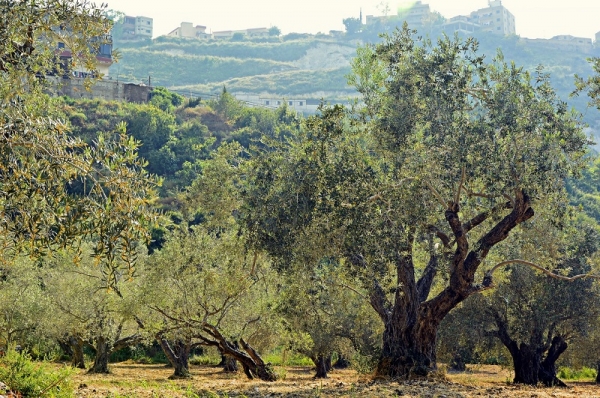Verticillium wilt among olive trees is one of the most devastating diseases for olive trees and one of the main plant health problems in the olive sector. The disease is caused by a fungus called Verticillium dahliae that is in infected soils, takes over root systems and blocks the vascular systems until the plant dies. These effects produced by the disease are similar to those of a severe drought.
An article published by the University of Cordoba, the University of Valencia and the Institute of Sustainable Agriculture of the Spanish National Research Council demonstrated that the infection, for which there is no effective cure, is much more complex than previously assumed. The study looked into the dynamics of the microbiome of infected roots and concluded that the infection process involves many more participants: although the disease is controlled by the verticillium fungus initially, it is not carried out by one sole species, but rather by a community of microorganisms that attack the tree.
As pointed out by researcher Antonio Rodríguez Franco from the Department of Biochemistry and Molecular Biology at the University of Cordoba, the results suggest that olive tree withering caused by Verticillium wilt “should be understood as a biological process of systems in which complex interactions take place.”
According to the research results, there are several open fronts in this microscopic war declared by Verticillium but fought by other organisms as well.
Several kinds of fungi, bacteria and protozoa work in partnership in order to attack the tree. Also coming into play is an array of opportunistic microbes, such as nematodes and amebas, that though they do not participate in the infection initially, they feed off of substances that help defend the olive tree to counter the attack. Lastly, beneficial fungi that up to that point had a symbiotic relationship with the tree’s roots, change sides and become harmful to the plant.
Broadly speaking, these are the dynamics in the battle, whose final result is the wilting of thousands of olive trees in the Mediterranean basin. All this has been explained in detail after analyzing RNA samples and performing a metatranscriptomic study of different samples.
The results, as pointed out by the author, could contribute to focusing future treatment on alleviating a disease that has increased over the past few years due to intense planting in infected soils. As for now, however, there are still many questions to be answered, such as how genes are involved in the plant’s defense processes and why some olive tree species are immune to infection.
References:
Martí J.M., Arias-Giraldo L.F., Díaz-Villanueva W., Arnau V., Rodríguez-Franco A., Garay C.P. Metatranscriptomic dynamics after Verticillium dahliae infection and root damage in Olea europaea. BMC Plant Biology volume 20, Article number: 79 (2020) . Doi: 10.1186/s12870-019-2185-0


